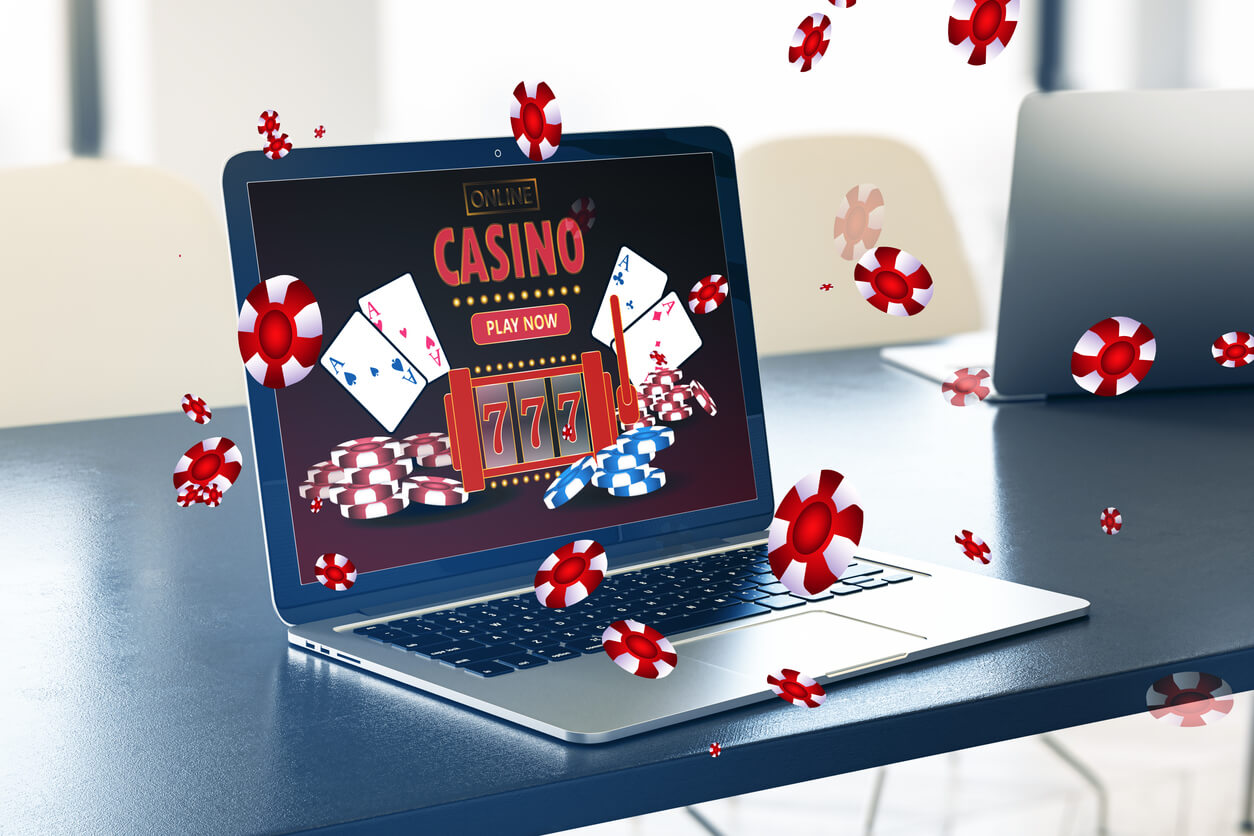
Within the vibrant and thrilling world of casinos, where luck and strategy intertwine, color and design play a pivotal role in attracting players. As soon as visitors step into a casino or access a gaming website, they are immersed in a sightly feast that grabs their attention and entices them to discover further. Bright colors, captivating graphics, and innovative layouts are carefully crafted to create an atmosphere of thrill and anticipation, ultimately improving the gaming experience.
While gamblers navigate through the ever-changing landscape of casino games, they encounter a range of designs that not only serve aesthetic purposes but also affect feelings and decision-making. Colors like red and gold symbolize riches and luck, while soothing navy and emeralds can create a much relaxed environment. Grasping how these elements work together allows casinos to create an welcoming and stimulating atmosphere that encourages players to engage with the games, spend more time at the tables, and increase their overall enjoyment.
The Study of Tint in Gaming Establishments
Color plays a crucial role in the development of gambling games, shaping players’ emotional states and responses. Vivid and vibrant hues, such as scarlet and gold, are often used to incite enthusiasm and attract notice. These hues create a sense pressure and vitality, encouraging gamblers to participate more readily with the game. By thoughtfully selecting tints, creators aim to evoke feelings of joy and anticipation, which can enhance the complete gaming experience.
Different shades also have psychological connotations that can influence how participants perceive their possibilities of victory. For case, emerald is frequently associated with fortune and wealth, making it a frequent choice in games like the roulette wheel and poker games. This link can lead gamblers to feel more hopeful and assured in their play, ultimately motivating them to wager more. Understanding these links allows game creators to design environments that enhance player happiness and engagement.
In addition, the design of gambling game interfaces often employs blended colors and differing shades to direct players’ responses. For example, successful combinations may be emphasized with vivid, differing hues, creating a visual cue. This approach reinforces positive outcomes and promotes repeated engagement. By leveraging the psychology of color, gaming venues can create activities that not only attract gamblers but also maintain them interested and invested in their game experience.
Creative Elements that Attract Players
The visual appeal of casino games is largely influenced by the use of bold colors. Lively and striking colors are deliberately chosen to create an appealing atmosphere that grabs interest. For example, reds and golden hues often signify luck and wealth, which is why they are prevalent in the palettes of slot machines and table surfaces. These colors not only attract players in, but they also evoke emotions associated with excitement and anticipation, enhancing the overall gaming experience.
In parallel to color, the design and layout of casino games play a significant role in captivating players. Games are designed to be user-friendly, ensuring that players can quickly understand the guidelines and gameplay. Accessible interfaces, along with captivating graphics and motion, help maintain player interest and promote extended play sessions. The physical elements, such as the feel of the controls and the sounds of the games, also add to a comprehensive sensory experience that keeps players engaged.
Finally, conceptual elements in game design can greatly influence player choice. Many gambling games are inspired by media, fairy tales, or adventure themes, featuring symbols and characters that resonate with players. These themes create a sense of engagement and relatability, making each game feel unique. When players feel a bond to the theme, they are more likely to opt for that game over others, leading to increased participation and excitement within the gambling environment.
Case Studies: Effective Gambling Game Designs
One noteworthy example of impressive gambling game design is the acclaimed slot machine series based around hit movies. new non GamStop casinos Games such as those based on the Wizard of Oz and Game of thrones utilize dynamic colors and top-notch graphics to immerse players in familiar narratives. The employment of moving visuals and captivating sound effects takes the focus of players, creating an psychological connection to the theme. This strategy not just fosters longer play but also enhances the overall gaming experience, resulting in increased player retention.
Another effective case is the use of color psychology in table games like blackjack and the wheel. Casinos often design these games with dark reds and greens, colors traditionally linked with luck and wealth. For instance, the green felt on a 21 table provides a relaxing effect, while the crimson accents in the wheel invite anticipation. This intentional use of color helps to create an inviting atmosphere that motivates players to engage, fulfilling their psychological impulses and boosting their enjoyment.
Finally, online casino games that include community features and vivid, colorful designs have achieved remarkable success in engaging players. Games like Zynga Poker and Slot-O-Mania leverage striking colors and playful animations to forge an inviting online environment. The addition of leaderboards, community sharing options, and in-game rewards encourages competition and community, pulling players in for longer sessions. Such designs not just make the games visually appealing but also underscore social connectivity, a key factor in player retention and engagement within online casino environments.